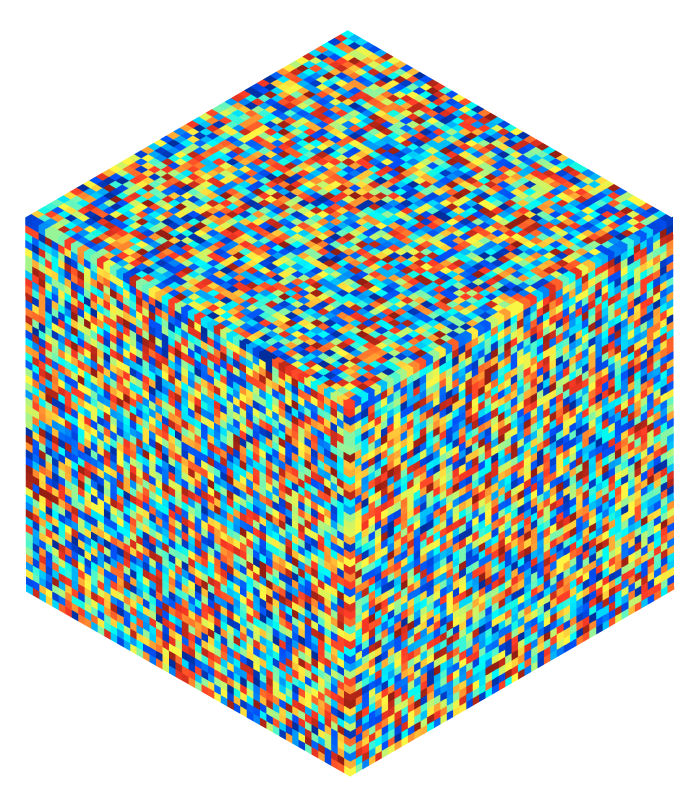Daisy framework projects
24th January, 2011A collaborative effort.

A collaborative effort.
When injections of dye are made into the upper layers of cortex, a remarkable structure of neuronal connectivity is revealed. Dye is absorbed by neurons and transported along axons and dendrites to fill entire cells. When a large population of neurons is stained in this way, slices examined in tangential section show a semi-regular array of denser staining.



